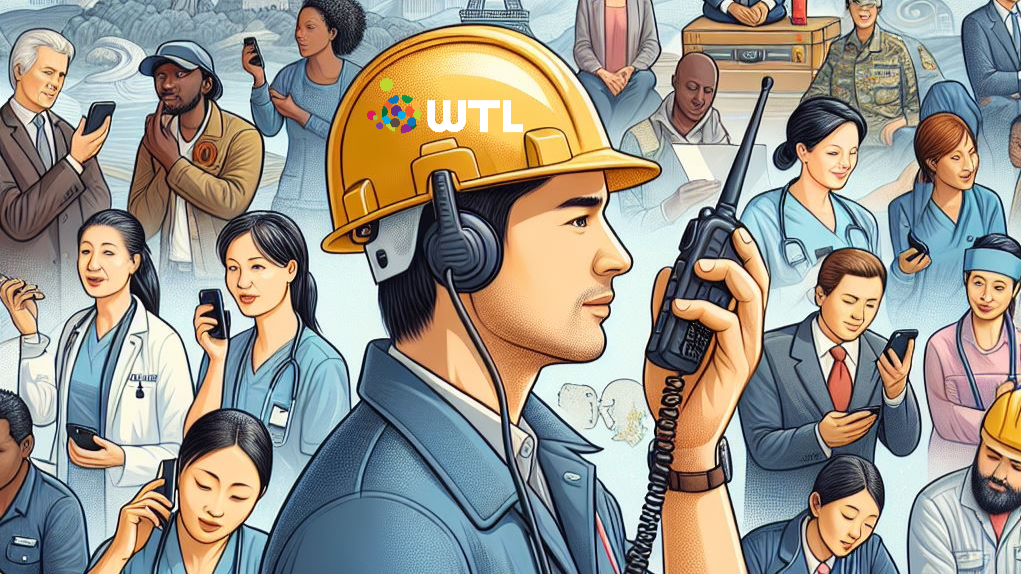The impact of mobile access on economic growth has been well studied in recent years. Research has consistently shown a link between mobile coverage and economic growth – for example, the GSMA and Deloitte found that a 10% increase in mobile penetration increased a measure known as “Total Factor Productivity” by 4.2 percentage points. Total Factor Productivity, or TFP, measures economic productivity in a way that reflects the impact of technology. Interestingly, the effect was greater with higher-speed access and when data consumption is taken into consideration.

Research found that doubling mobile data can lift GDP by 0.5 percentage points, so the more data is consumed, the more it can benefit the economy. Other studies by Deloitte have also estimated the number of new jobs that can be generated by Internet access, for example. This is of profound importance – we must acknowledge that fixed infrastructure can help but it’s not a practical solution for all locations and environments. Mobile coverage is needed to enable the widest possible access to the internet at the lowest prices.
That’s why extending mobile networks to deliver high-speed access is a critical goal for our times. This is true not only for remote areas but also for areas in which fixed networks cannot easily be upgraded to deliver the right levels of performance.
We’ve experienced this at first hand through the evolution of our Vivada solution. When we began deploying connectivity, the coverage itself was the driver. However, as LTE became more widely available, we could also see how higher-speed data coverage unlocked new benefits, particularly through the development of ecosystems of applications that drive services and deliver new sources of information.
Coverage is just the start. It seems that there is an optimum minimum level of performance that, once passed, provides a catalyst for new services to be delivered. Our own observations support this. Newly connected users go through a learning curve as they explore internet services, but once they are accustomed to them, consumption grows rapidly. At the same time, higher speeds allow more users to share connectivity and can sustain services that depend on reliable data performance.
The only way to secure the economic and social benefits data consumption and internet access can bring is through mobile coverage which provides a cost-effective means of delivering connectivity regardless of location. But, this has to be delivered with the right performance levels. That’s why it’s essential to quickly move to LTE and to higher speed internet access – which means that coverage solutions must evolve in line with standards and to operate across different spectrum frequencies.


